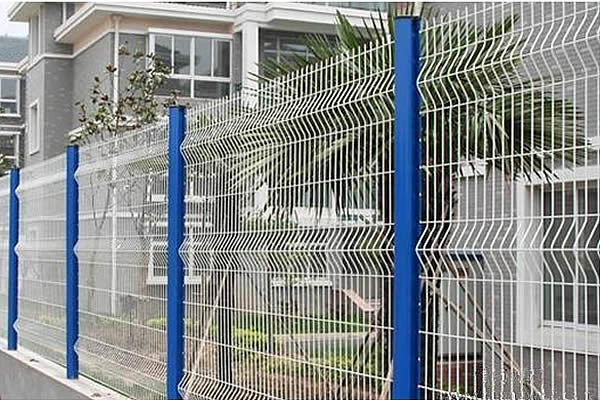 TEL:
+86-13102802206
TEL:
+86-13102802206
 Email:
fencenetting@china.com
Email:
fencenetting@china.com
 Language
Language
 TEL:
+86-13102802206
TEL:
+86-13102802206
 Email:
fencenetting@china.com
Email:
fencenetting@china.com
 Language
Language


The Concrete Gabion Retaining Wall System A Sustainable Solution for Erosion Control and Landscape Design
In contemporary landscape architecture and civil engineering, the need for effective erosion control and sustainable construction practices has led to the widespread adoption of various retaining wall systems. Among these, the concrete gabion retaining wall system stands out for its versatility, aesthetic appeal, and environmental benefits. This innovative approach combines strength with ecological mindfulness, making it a preferred choice for projects ranging from residential landscaping to large-scale civil works.
What Are Gabions?
Gabions are structures made from wire mesh containers filled with stones, concrete, or other suitable materials. The term gabion comes from the Italian word gabbione, meaning large cage. Originally used in military applications for fortification, gabions have evolved into a multifaceted tool in modern engineering, particularly for retaining walls. When combined with concrete, these structures become highly durable and capable of withstanding significant lateral pressures from soil and water.
Advantages of Concrete Gabion Retaining Walls
1. Erosion Control Concrete gabions provide excellent erosion control. The porous nature of the stones allows for natural drainage, reducing hydrostatic pressure and minimizing soil erosion. This property makes them an ideal choice for locations prone to heavy rainfall and erosion.
2. Aesthetics With a variety of stone types and colors, concrete gabion walls can blend seamlessly into their environment. They can be designed to mimic natural rock formations, enhancing the aesthetic appeal of gardens, parks, or commercial landscapes.
3. Durability and Strength Concrete, as a filler material in gabions, lends significant structural strength to the wall. This combination ensures that the retaining wall can withstand various environmental stresses, including shifting soil, freeze-thaw cycles, and seismic activity.
4. Cost-Effective Compared to traditional retaining wall systems that require heavy machinery and complex installation processes, concrete gabions can be more cost-effective. They require less concrete than solid walls and are often quicker to install, which can reduce labor costs.

5. Sustainable Option Many gabion designs incorporate recycled materials, such as repurposed concrete or locally sourced stones, which further reduces the environmental impact of the construction process. Additionally, their permeability allows for vegetation to grow through, promoting biodiversity and ecosystem health.
Installation and Maintenance
Installing a concrete gabion retaining wall typically involves excavating the site, laying a foundation, and assembling the gabion baskets. Concrete blocks or slabs can be used to fill the gabion cages, ensuring a solid structure. Maintenance is minimal; periodic inspections to check for settling or erosion and, if necessary, refilling the gabions with stones can prolong the lifespan of the wall.
Applications
Concrete gabion retaining walls are highly versatile, suitable for various applications, including
- Road and Highway Projects They are frequently used alongside roads to stabilize slopes and prevent landslides. - Residential Landscaping Homeowners utilize them for decorative garden features, terraces, and boundary walls. - Riverbank Protection Gabion walls are effective in protecting riverbanks from erosion due to water flow.
Conclusion
The concrete gabion retaining wall system represents a perfect intersection of functionality, sustainability, and aesthetics. Its ability to control erosion, coupled with the use of locally sourced materials and minimal maintenance requirements, makes it an appealing choice for engineers and architects alike. As the demand for sustainable construction practices continues to grow, concrete gabions are poised to play a vital role in the future of landscape architecture and civil engineering. By embracing these systems, we not only address the pressing challenges of erosion and soil instability but also contribute to a greener and more resilient built environment.